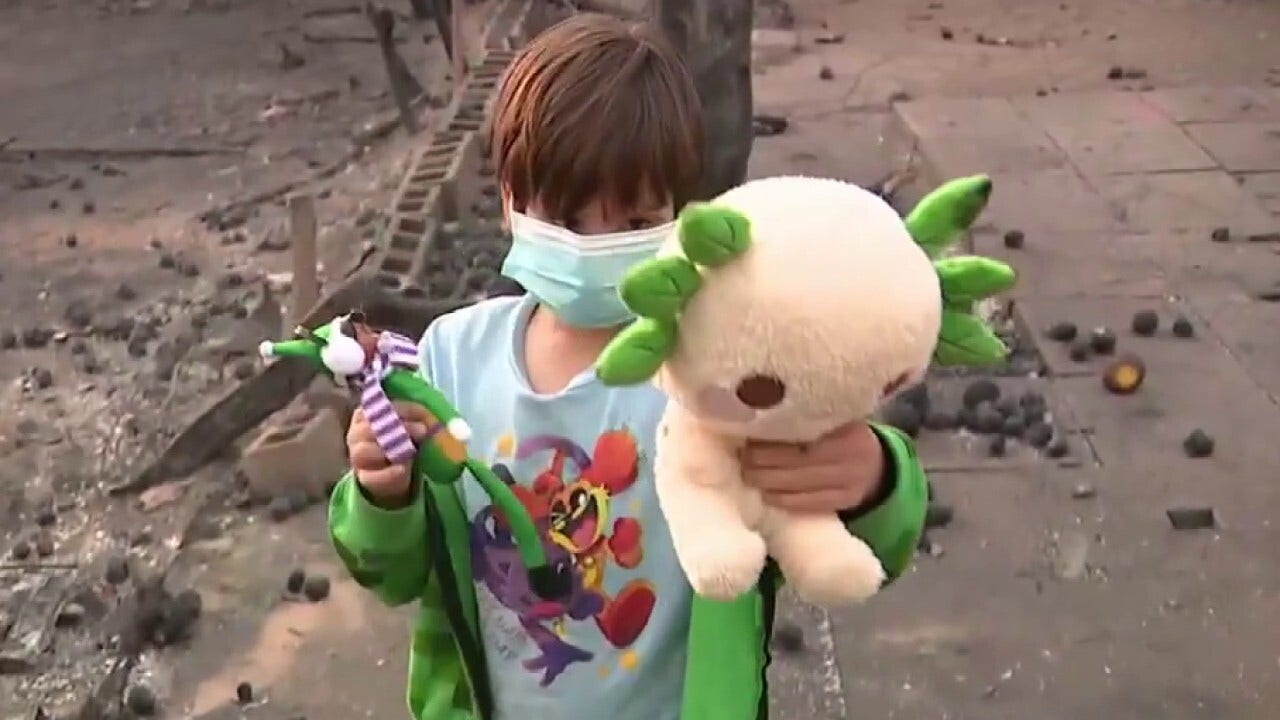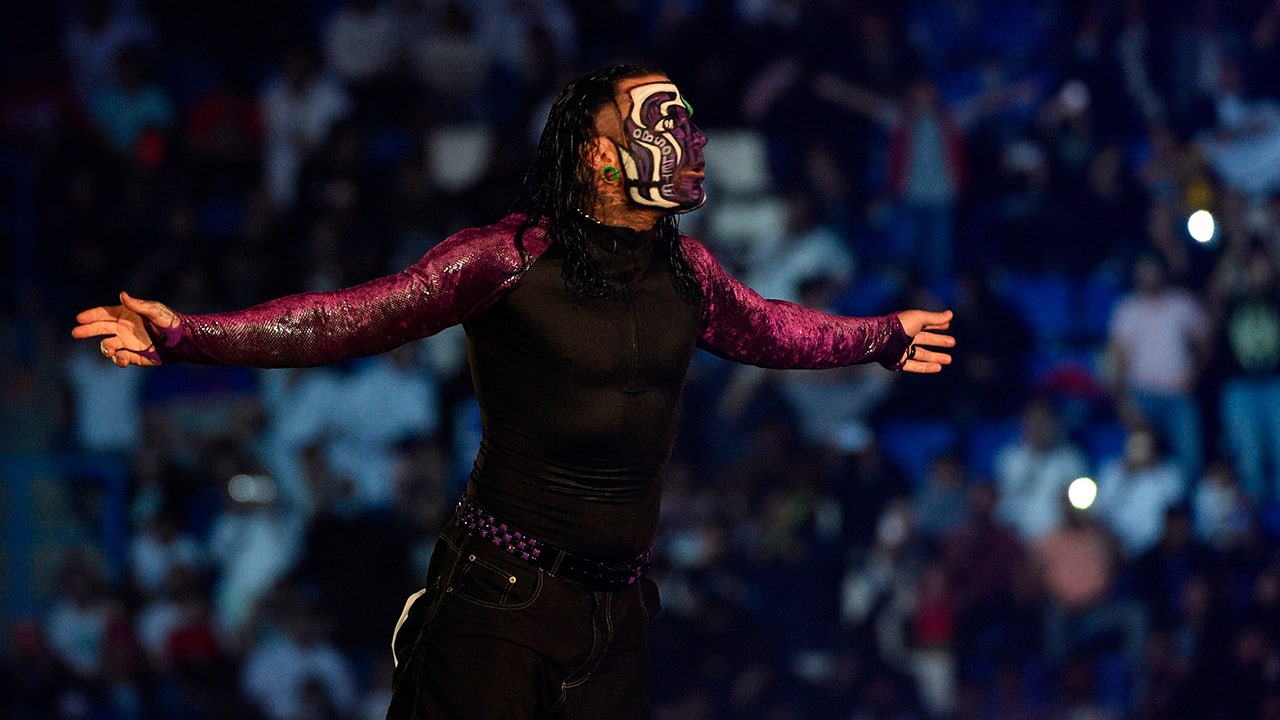Nothing against Peter Rabbit or his creator, British author Beatrix Potter, but he and his doppleganger the Easter bunny have nothing to do with the true meaning of Easter.
Neither do Easter baskets, jelly beans, chocolate, bonnets, spring flowers or any other secular imagery that has taken center stage during the Lent and Easter seasons.
All of that appears to have pushed the resurrection of Jesus — the cornerstone of Christianity — to the side or dismissed it entirely.
EASTER BUNNY TEACHES KIDS TRUE MEANING OF EASTER IN NEW BOOK WITH FAITH FOCUS
If you doubt that, try to recall an ad for Easter products in home decor stores that displayed a hint of the day’s religious meaning.
It’s practically a guarantee that you will not see the phrase, “The Lord is Risen!”
But a bestselling author, Anthony DeStefano, is fighting back. He embraced the Easter bunny for a new children’s book about Jesus. DeStefano said, “I was frankly tired of that silly secular rabbit hopping in and taking center stage … on this most holy of Christian holidays.”

The Easter bunny, who seeks out Jesus Christ to heal his sick mother, witnesses the events of the gospel and then preaches the story of Jesus in the book “The Story of the First Easter Bunny” by Anthony DeStefano. (Sophia Institute Press/Courtesy of Anthony DeStefano)
DeStefano is the author of over 25 books for adults and children. His latest book, “The Story of the First Easter Bunny,” is an unabashed co-opting of “that silly rabbit” in order to help children come back to understanding what Easter is truly about.
He talked about it on a recent episode of “Lighthouse Faith” podcast.
EASTER SYMBOLS HELP REVEAL THE TRUE MEANING OF THE SEASON, SAYS CHRISTIAN WRITER
“Anyone serious about their faith would have to say that you have to use extreme caution when dealing with these kinds of secular symbols,” he said.
“Our deepest beliefs are under constant and relentless attack.”
“Parents cannot be blind to the fact that there is an ongoing culture war in our society. Our deepest beliefs are under constant and relentless attack.”
MASSACHUSETTS FAITH LEADER SAYS BIDEN’S ‘TRANSGENDER DAY OF VISIBILITY’ A ‘DISTRACTION’ YET URGES COMPASSION
Easter is the day that millions of Christians celebrate the resurrection of Jesus Christ. It’s the culmination of 40 days of Lent, a time of reflection and sacrifice.
Its conclusion is marked by Holy Week, starting with Palm Sunday, the day commemorating Jesus’ triumphant entry into Jerusalem and the throngs of people waving palms. But joy soon turns to sorrow as the political intrigue between the religious leaders and the itinerant rabbi turn tragic.

On the third day, the Bible says, God raised Jesus from the dead, defeating man’s ultimate enemy, death itself — and bridging the chasm that existed between God and humanity since the fall from grace in the Garden of Eden, writes Lauren Green in this piece. (iStock)
Jesus is betrayed, arrested, undergoes a mock trial, and is then crucified. He dies and is buried.
On the third day, the Bible says, God raised Him from the dead, defeating man’s ultimate enemy, death itself — and bridging the chasm that existed between God and humanity since the fall from grace in the Garden of Eden.
The challenge for parents
One of the challenges for parents today is that Easter is not nearly as understandable for children as the other Christian high holy day, Christmas.
While Christmas has its own secular culture wars with Santa Claus, Frosty and Rudolph, the core of the story is easier for children to grasp.
HOLY WEEK LEADS THE FAITHFUL TO EASTER SUNDAY: HERE ARE THE SPECIAL DAYS OBSERVED AND WHAT THEY MEAN
A tiny babe is born in a manger. There are angels, cuddly animals, shepherds and wise men. It’s a story in which children can put themselves; after all, children are closer in age to a baby than to a 33-year-old man, as Jesus was when he was crucified.
But it is Easter that makes Christmas a celebration. Without Easter, there is no Christianity.

Traditions like the Easter bunny have cultural roots — and one of the challenges for parents is that the Easter story is not nearly as understandable for children as the other Christian high holy day, Christmas. (iStock, courtesy of user momcilog)
Author DeStefano is no theological lightweight. His books for adults deal with the headier issues of Christianity, such as heaven, hell and the power of prayer.
He’s also on the board of Priests For Life, a staunchly anti-abortion, pro-life nonprofit working to “galvanize the clergy to preach, teach and mobilize their people more effectively in the effort to end abortion and euthanasia.”
GOSPEL OF LUKE SHARES VALUABLE LESSON FOR LENT, SAYS CALIFORNIA PASTOR: ‘LOOK FORWARD’
He said that traditions like the Easter bunny have cultural roots that seem harmless at first.
There’s a larger cultural controversy, as parents lately have had to wrangle control of their rights from schools and even state officials.
DeStefano said that in the 1700s, German Lutheran immigrants brought to America their tradition of the Easter Hare, the Osterhase or Oschter Haws.
It was a fabled rabbit who laid colored eggs in a nest.

Church leaders don’t rigidly oppose the more secular symbols of Easter because these can bring a little bit of extra fun to the holidays, sort of like a spice rather than the main meal, said a bestselling author. But they shouldn’t be a meal in and of themselves. (iStock)
Eventually, the custom spread across the U.S. and expanded to include chocolate, candies and gifts.
Baskets then replaced nests. Children even left out carrots for the bunny, much like leaving cookies and milk out for Santa Claus on Christmas Eve.
Church leaders don’t rigidly oppose the more secular symbols of Easter because these can bring a little bit of extra fun to the holidays, sort of like a spice rather than the main meal, said DeStefano.
“Children are really at the forefront of the cultural [and] religious war lines here.”
But they shouldn’t be a meal in and of themselves — and that’s the problem today.
There’s a larger cultural controversy, as parents lately have had to wrangle control of their rights from schools and even state officials.
CLICK HERE TO SIGN UP FOR OUR LIFESTYLE NEWSLETTER
Said DeStefano, “The other side … doesn’t hesitate to jump over the heads of parents to propagandize children with their, let’s say, woke agenda … So children are really at the forefront of the cultural [and] religious war lines here.”

“In order to make sure that our core religious convictions are not marginalized or compromised, we have to make sure that the meaning of holidays like Easter remain in the forefront of any catechesis for children.” (iStock, courtesy of user kajakiki)
While a colorfully illustrated book about the first Easter bunny may seem innocuous and even trivial, DeStefano said he sees a much more important role.
CLICK HERE TO GET THE FOX NEWS APP
“In order to make sure that our core religious convictions are not marginalized or compromised, we have to make sure that the meaning of holidays like Easter remain in the forefront of any catechesis for children.”
“The Story of the First Easter Bunny” is published by Sophia Institute Press and can be purchased wherever books are sold, including at Amazon and Barnes & Noble.
For more Lifestyle articles, visit www.foxnews.com/lifestyle.





















Discussion about this post